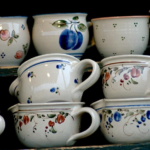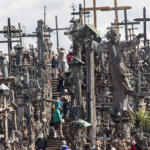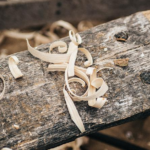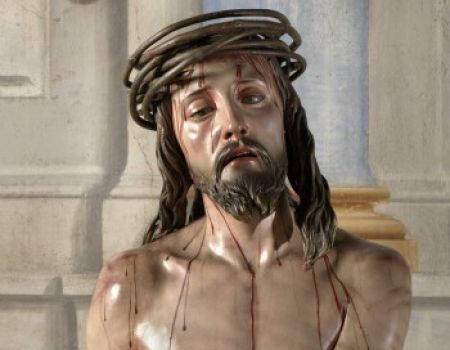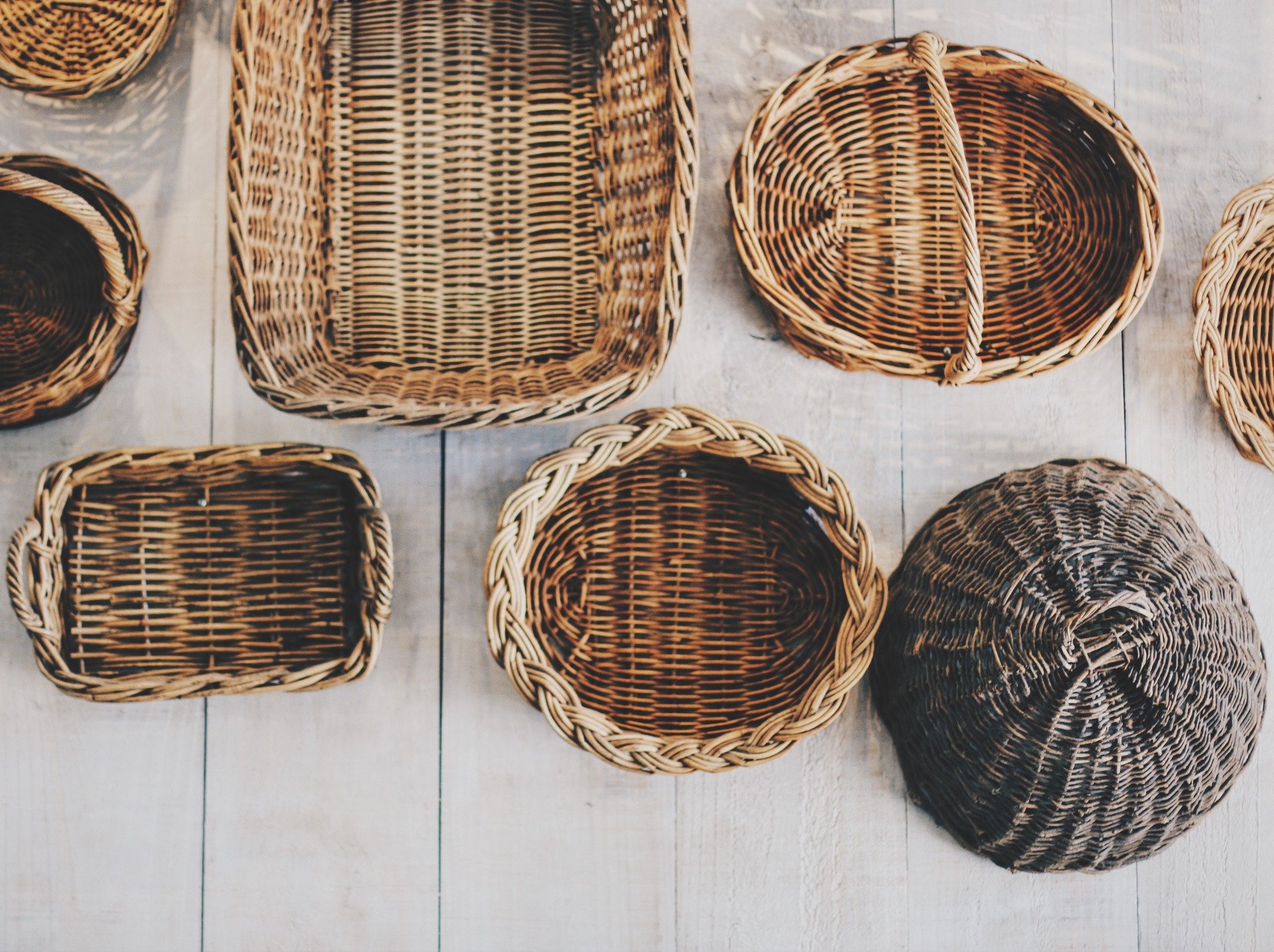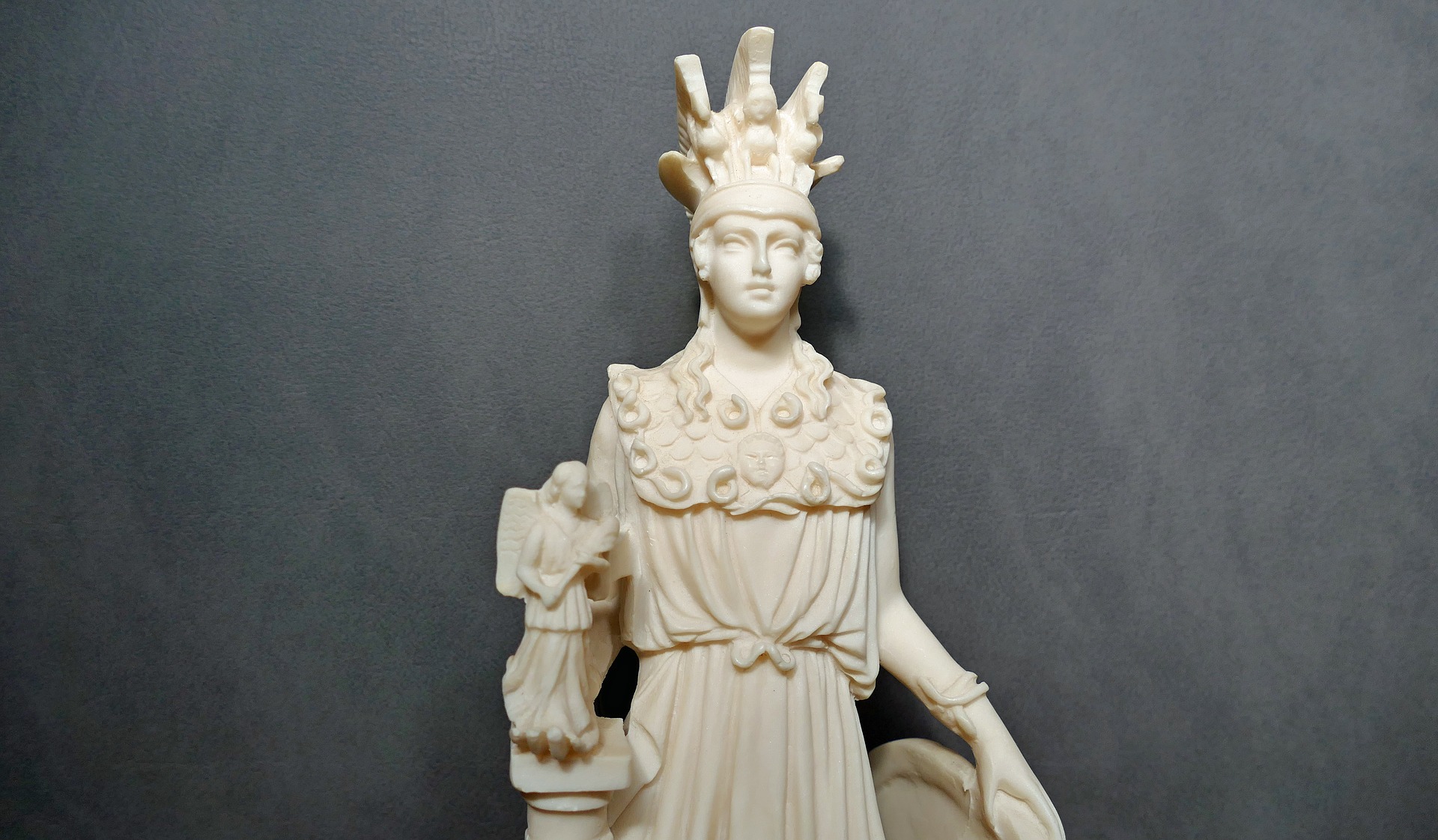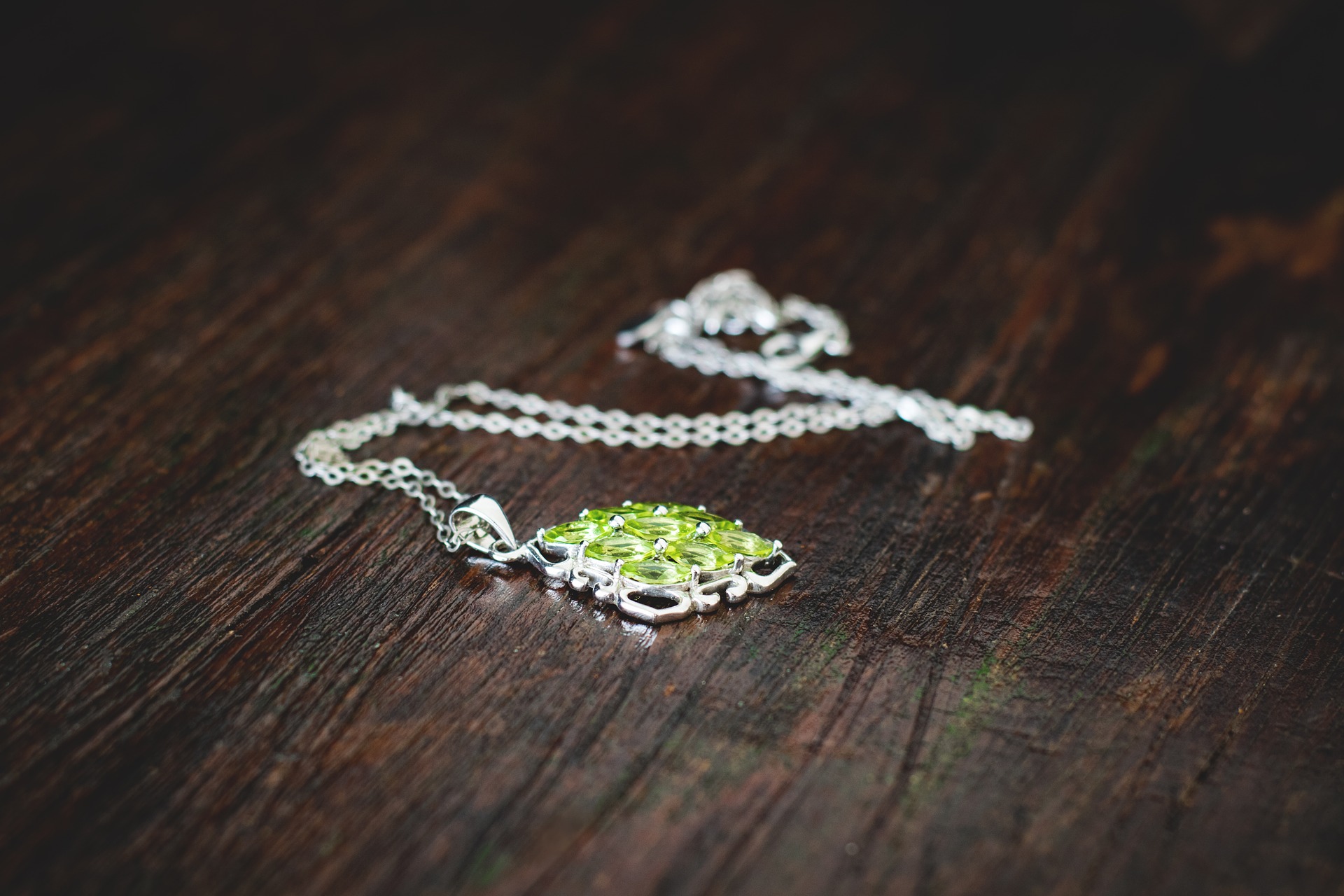Marble, Stone and Plaster: “Hecce Homo Sculpture” in Spain
Country of the crafting: Spain
Region of the crafting: Aragón
Town of the crafting: Zaragoza
Type of the crafting: Marble, stone and plaster
1. Geographic Area
This activity is done in Spain, but more specifically in Zaragoza, Aragón. Is a
very famous activity and all the people love it. Also is done in various zones of Andalucía like Almería, but they are less famous there.
2. Craft characteristics
Hecce Homo is a statue of the Christian figure, Jesus of Nazareth, during his trial after being imprisoned by the Romans. the statue’s title, Hecce Homo, is an allusion to the famous proclamation by Pontius Pilate, “Behold the Man.” The statue, made entirely of carved wood, depicts Jesus in a horrific state of suffering and anguish.
3. The technique
The technique used to create this sculpture is the technique of the plaster
carving, a sculptural technique which consists of carving a piece or block of
plaster in its solid and manageable state. Various tools are used, and the
final result will be a piece with high and low reliefs.
Preparation of the plaster: vert into the mold before the plaster sets, let
stand and dry in a dry and moisture free environment, then unlocking the
piece to start carving before you must transfer the design onto the surface.
At the end of the carving, clean and remove excess or debris with the brush
or use the brush for narrower places.
4. Used materials
To do this sculpture we use differents materials and tools: plaster, of
course, gouges of differents sizes,hammes, brush and a cardboard mold.
5.History
The original work was a painting on an internal wall of the Sanctuary. It was carried out by Elías García Martínez in the town where he used to spend his vacations, with the mention: “This is the result of two hours of devotion to the Virgin of Mercy.” His descendants have expressed their desire to donate a canvas of Ecce Homo, with similar characteristics to that of the Sanctuary, because the author made several versions. It has also been published that the family wanted to make a donation to preserve the mural painting. On the other hand, the Ecce Homo by García Martínez was not completely original, as it seems directly inspired by the Ecce Homo by Guido Reni. It has many parallels with variants of Guido Reni’s work in engravings.Having used a technique to last a short time (on the wall should not be used oil paint if you want the work to last), before reaching 100 years the work already showed obvious signs of deterioration.
6. Youtube videos
7. Gallery
Marble: Stone and Plaster: “Hecce Homo Sculpture” crafting Presentation

